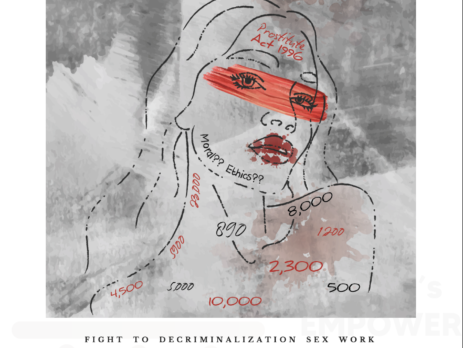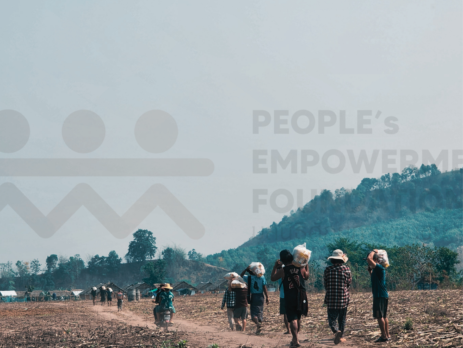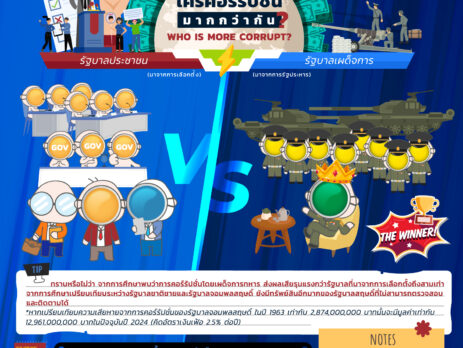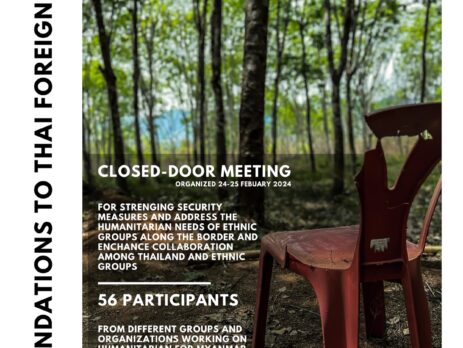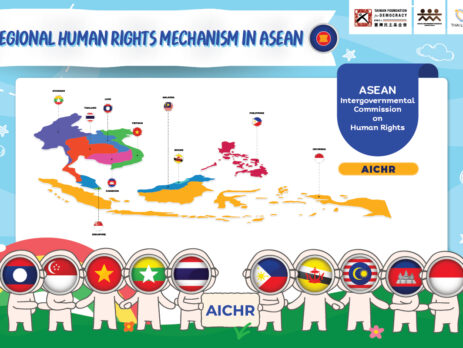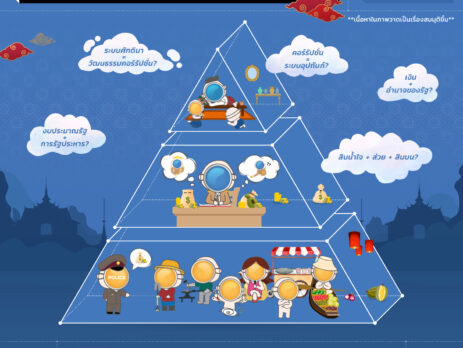
CSMN, Khonkean University 11-13 July
PEF, US Embassy, CSMN and PACT Organized Workshop “NGOs Capacity Building: Proposal Writing Workshop” at American Hub, Bangkok 8-10 July and at the Center for Civil Society and Non-Profit Management(CSNM) Khonkean Univeristy during 11-13 July. Workshop led by Gregoria Lyssikatos on insight enhancing NGOs capacity on proposal writing for long-term sustainability improvement and networking among NGOs. Participants are diverse from many local NGOs in Tak, Mae-Sot, Chaing Mai, Songkla, Yala, Cambodia, Uban-Ratchatanee, Mae Hong Son, Mahasarakham, Nakorn-Ratchasima, Lampang , Ratchaburi , Nong Khai , Chonburi, including diverse local issues such as refugees, labor and migrant workers, urban poor, peace, healthcare, environment, indigenous, architecture, artist, education, women, children and youth, human rights, Aids, religious, local-media, democracy, human trafficking, LGBTIQ, blind and disability, floktales-storytelling, academics, researcher and professor.
This program also organized on concept of Eco-Workshop ‘Zero plastic usage’. Participants had assented to take responsible to protect our ecology during program.
This project is related on main proposed goals of People Empowerment Foundation (PEF) to enhance capacity building on local organizations that PEF has believed that grassroots and local are essentially harmony keys of virtual sustainable development.
Special thanks to Gregoria Lyssikatos form PACT for 6 days long workshop to sharing fruitful workshop to us.










